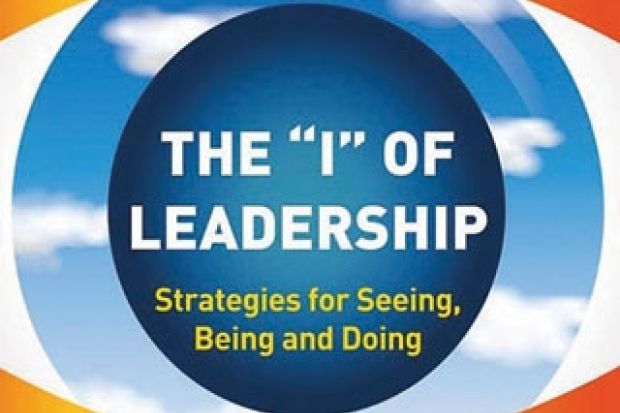In the myriad books being published about leadership (far faster than they can be read by an individual), this book centres on the self in leadership. This is a deeply unfashionable focus in leadership research in an era when many academics have eschewed the “heroic” leadership model (an individual who possesses certain qualities and insights that enable him/her to overcome obstacles and achieve their goals) in favour of a focus on leadership processes occurring between leaders (sometimes in shared leadership) and those they wish to influence (mobilising other people, both followers and other stakeholders, to define or achieve goals). Yet, in its own terms, this book is both interesting and insightful.
Nigel Nicholson draws on social and organisational psychology, and also the more controversial evolutionary psychology, to map out the space he explores in the book. His prior research on career and occupational transitions, on career development and on the leadership of family firms can be seen to shape some of the writing; his work in executive development with top private sector leaders and leadership teams is used to present stories and dilemmas; and his keen interest in the impact of biography on whether and how people use their experiences to shape their destinies shines through. The voice is conversational – that of a wise and experienced teacher, drawing together the different threads of his own career and personal insights to help managers become leaders, or to help leaders to stay focused on and questioning about their role and responsibilities, and the changing contexts they find themselves in. The approach is built primarily around stories about top leaders (political and managerial, taken from secondary sources, along with managerial leaders Nicholson has profiled and coached). Research underpins much of the writing, but this is largely a book directed at practitioners and aimed at helping private sector managers develop their leadership approach through narratives and a set of conceptual frameworks.
Nicholson is encouraging about the uncertainty that we all have to live with in our personal as well as in our leadership lives, and how to use that constructively
The book’s subtitle is “Strategies for seeing, being and doing” and these are explored in a number of chapters, encouraging leaders to think about how they perceive themselves, other people and the world, and how they take account of the changing context rather than seeing it as a fixed reality. The use of social psychology and career perspectives helps to show the emotional as well as the rational base of identity, decision-making and interactions with others. Nicholson is encouraging about the uncertainty and lack of clarity that we all have to live with in our personal as well as in our leadership lives, and how to use that constructively to continually ask questions about who we are and what is our purpose in leadership. He encourages leaders to think about a variety of behaviours and styles according to context and uses examples from the careers of George W. Bush, Tony Blair and Duke Ellington among others to illustrate his ideas.
The mantra of the book is that successful leadership is to be the right person, in the right place, doing the right things. While it alerts the reader to the need to think continually about leadership context and processes and not solely focus on leadership qualities (traits and attributes, for example), this mantra is irritatingly simplistic and only superficially unpacked – and then very much in individualistic terms from the perspective of the leader.
There are enjoyable chapters on being inside the mind of the leader, on the dangers of becoming isolated as a leader, on how to discern where to get support, and what types of support a leader might need. Less satisfactory to me, however, were the chapters about applying dominance theories from primates and wolves to human society, and a short history of leadership, which felt partial and lacking in structure.
To judge from the content and the tone of writing, the audience for this book are primarily practising managers, who should be able to make sense of the vivid illustrations and examples in terms of their own experiences and leadership challenges. It is more appropriate for private sector leaders than for public or voluntary sector leaders, because the book centres on the individual leader and there is less sense of the complex context and the conflicting demands placed on an organisation embedded in society, with obligations to a varied range of stakeholders and with trade-offs and tensions rather than simply responsibilities to shareholders or the board. Yes, examples are given of elected political leaders, but their treatment in the book is more as though they were chief executives of government rather than being seen in the context of the complexities of governance as well as management.
Register to continue
Why register?
- Registration is free and only takes a moment
- Once registered, you can read 3 articles a month
- Sign up for our newsletter
Subscribe
Or subscribe for unlimited access to:
- Unlimited access to news, views, insights & reviews
- Digital editions
- Digital access to THE’s university and college rankings analysis
Already registered or a current subscriber?
